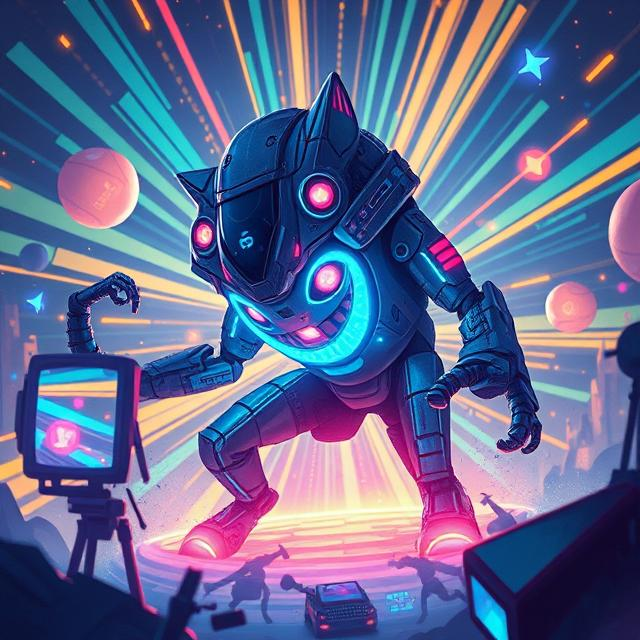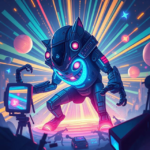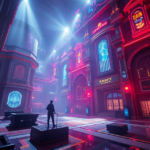Artificial Intelligence is no longer just something that lives inside NPCs—it’s increasingly embedded in the tools that help create games. AI-assisted game design is transforming how developers approach level design, asset generation, QA, and even creative writing.
Some areas where AI is making a major impact:
- Procedural Content Generation (PCG): AI systems can automatically generate levels, maps, and environments based on design parameters or player data. AI Dungeon and Rogue AI demonstrate how AI can write or reshape game narratives dynamically.
- AI-based art tools: Tools like Runway ML, Leonardo AI, and Stable Diffusion help generate concept art, textures, or even character sprites. AI can help fill in backgrounds, generate terrain textures, or create mood boards in seconds.
- QA and playtesting automation: AI bots simulate thousands of play sessions to identify bugs, balancing issues, or level progression problems. Ubisoft’s Commit Assistant uses AI to detect common bugs before build.
- Adaptive game design: AI can personalize game difficulty or pacing in real-time, offering dynamic difficulty adjustment based on a player’s skill level.
- Dialogue and voice generation: AI-powered tools like Replica Studios or ElevenLabs provide synthetic voices for NPCs, while LLMs (like ChatGPT) are used to write branching dialogues or quest text.
While AI won’t replace designers, it acts as a creative partner, reducing time spent on repetitive tasks and enabling more experimentation. The biggest challenge now is maintaining originality and player trust—AI tools must be used thoughtfully to preserve the soul of handcrafted design.






